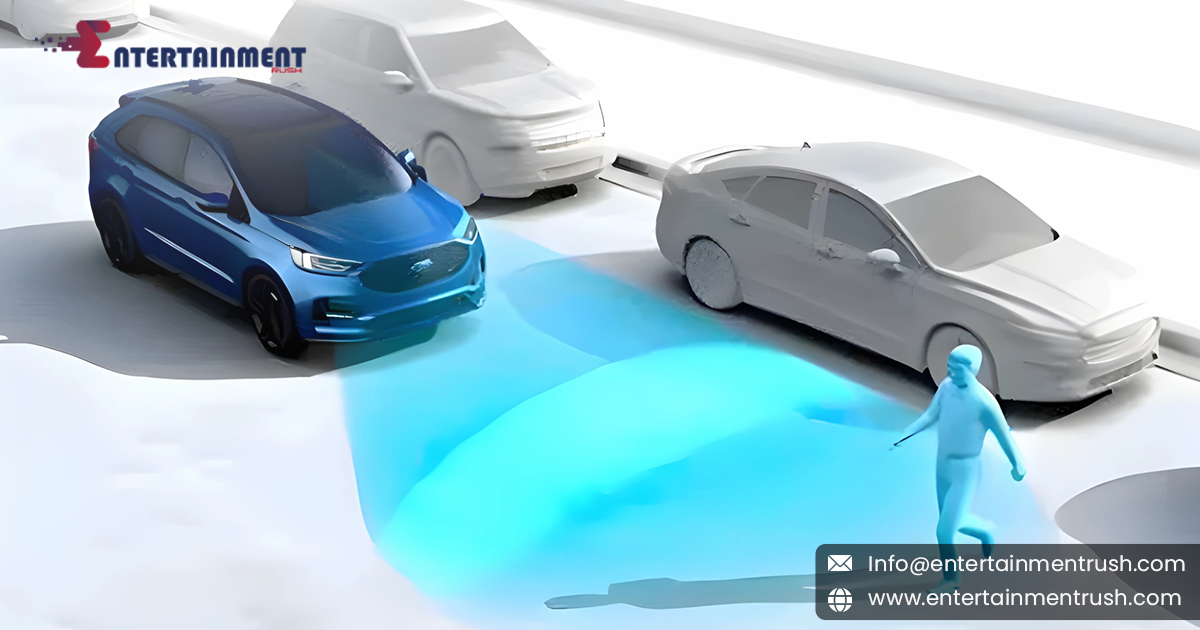In a landmark move towards enhancing road safety, the U.S. government has announced that by 2029, all new cars sold in the country will be required to feature automatic braking systems. This significant policy shift is set to transform the automotive industry, driving advancements in vehicle technology and potentially saving thousands of lives annually.
The Importance of Automatic Brakes
Automatic braking systems, also known as autonomous emergency braking (AEB), are designed to prevent or mitigate collisions by automatically applying the brakes when a potential impact is detected. These systems use a combination of radar, cameras, and sensors to monitor the road ahead and react to obstacles or sudden stops in traffic. By intervening in critical moments, AEB can significantly reduce the severity of accidents or even prevent them entirely.
The decision to mandate automatic brakes across all new vehicles underscores a growing recognition of the need for advanced safety features. According to the National Highway Traffic Safety Administration (NHTSA), nearly 40% of all car crashes involve rear-end collisions, many of which could be mitigated or prevented with automatic braking technology.
The Regulatory Milestone
The new regulation represents a major milestone in automotive safety standards. It reflects a broader trend of increasing governmental oversight to ensure that vehicles are equipped with technologies designed to protect drivers, passengers, and pedestrians. This regulatory push follows similar safety mandates, such as those requiring airbags and electronic stability control, which have substantially improved road safety over the years.
Implementing this mandate by 2029 will give automakers ample time to integrate automatic braking technology into their vehicles and to address any potential challenges related to production and cost. The phased approach is intended to ensure a smooth transition while accommodating advancements in technology and changes in market dynamics.
Impact on the Automotive Industry
For automakers, this new regulation will necessitate a shift in manufacturing processes and product offerings. While the integration of automatic braking systems represents an upfront investment, the long-term benefits are substantial. Enhanced safety features can lead to reduced accident-related costs, lower insurance premiums, and improved consumer confidence in vehicle safety.
Automakers will need to collaborate closely with technology providers to ensure that the AEB systems meet the required standards. Additionally, the industry will likely see increased innovation as manufacturers strive to enhance the capabilities of automatic braking systems, potentially incorporating additional features like adaptive cruise control and advanced driver assistance systems (ADAS).
Consumer Benefits
For consumers, the mandatory inclusion of automatic braking systems will offer increased peace of mind. Drivers will benefit from a higher level of safety, particularly in urban environments where traffic congestion and sudden stops are common. This advancement is expected to lead to fewer accidents and injuries, contributing to overall road safety improvements.
As the technology becomes more widespread, its cost is likely to decrease, making it more accessible to a broader range of vehicles and consumers. The regulatory push is also expected to drive greater public awareness of vehicle safety technologies, encouraging consumers to prioritize advanced safety features when making purchasing decisions.
Challenges and Considerations
While the new regulation represents a positive step forward, there are challenges to consider. Automakers will need to navigate the complexities of integrating new technology into their vehicles while balancing production costs. Additionally, ongoing training and education for drivers will be essential to ensure they understand how to effectively use and benefit from these advanced safety features.
Looking Ahead
The mandate for automatic brakes on all new U.S. cars by 2029 marks a significant advancement in automotive safety. By requiring this technology, the government aims to reduce the number of collisions, enhance driver protection, and set a new standard for vehicle safety. As the industry adapts to this change, consumers can look forward to safer driving experiences and the continued evolution of automotive technology.
The requirement for automatic braking systems represents a crucial step towards making roads safer for everyone. As we approach the 2029 deadline, the automotive industry will play a pivotal role in ensuring that this mandate is successfully implemented, ultimately contributing to a significant reduction in traffic accidents and injuries.




Leave feedback about this